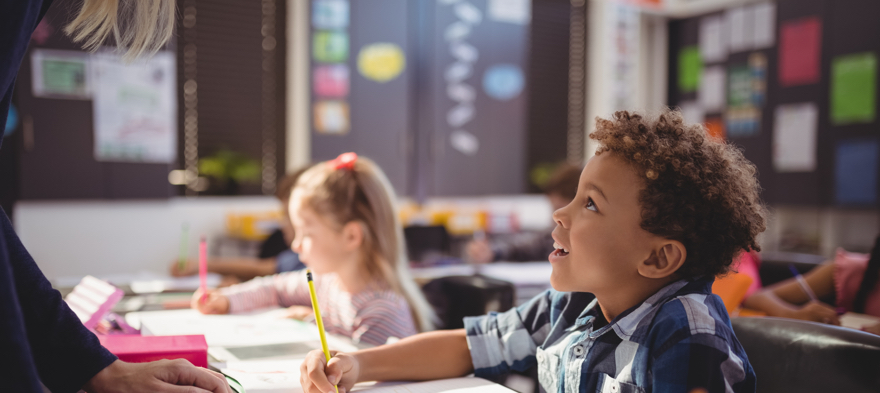
Mar 1, 2024 1:22:00 PM
Educators have difficulty agreeing upon what makes a “good school.” My thoughts about this topic have continued to change as I progressed through K-12, earned my bachelor’s degree, began teaching, returned to school to earn my master’s degree, and then became a parent with children in school. Each of these experiences has shaped, changed, developed and further defined my ideas of a good school. I believe as my children continue to progress through the education system, my thoughts will continue to evolve. However, I also believe there should be some non-negotiables for all educators and parents.
These are my non-negotiables for schools. If a school doesn’t meet these requirements, I have a hard time seeing it as a good school—even if the school has an A rating. However, there are also some additional requirements that I want for my children.
At the end of the day, this is my list and it remains a work in progress. Every parent and educator should have a “good school” list. We cannot accept schools as good schools based solely on test scores and school building ratings; there is so much more to a good school. The school must fit the child and the goals of the family.
What's on your “good school” list?
Shawnta (Shawn-tay) S. Barnes, also known as Educator Barnes, is a married mother of identical twin boys. She navigates education from not only the educator’s perspective but also the parent’s perspective. She has been an educator for nearly two decades. Shawnta works with K-12 schools, universities, & education adjacent organizations through her education consulting business Blazing Brilliance. She is an adjunct college professor, supervises student teachers, Indy Kids Winning Editor-in-Chief, Brave Brothers Books Co-founder, & CEO, and Brazen Education Podcast host. She holds five education licenses: English/language arts 5-12, English to speakers of other languages P-12, library/media P-12, reading P-12, and school administration P-12, and she has held a job in every licensed area. Previously, she has served as a school administrator, English teacher, English learners teacher, literacy coach, and librarian. She won the 2019 Indiana Black Expo Excellence in Education Journalism Award. In 2023, she completed her doctorate in Literacy, Culture, and Language Education with a minor in Learning Sciences. She is an urban gardener in her spare time and writes about her harvest-to-table journey at gardenershicole.com. To learn more about Shawnta, visit educatorbarnes.com.
Few issues in education spark more tension and debate than standardized testing. Are they a tool for equity or a burden on students? A necessary check on school systems or a flawed measure of...
Charter schools are public schools with a purpose. Operating independently from traditional school districts, they're tuition-free, open to all students, and publicly funded—but with more flexibility...
Despite the benefits of a diverse teaching force, prospective teachers of color fall out of our leaky preparation pipeline at every stage: preparation, hiring, induction, and retention. Here’s what...
Ed Post is the flagship website platform of brightbeam, a 501(c3) network of education activists and influencers demanding a better education and a brighter future for every child.
© 2020-2025 brightbeam. All rights reserved.
Leave a Comment